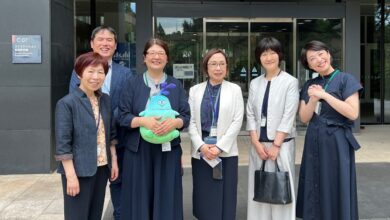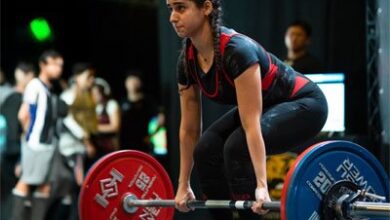Ending the Gender Inbalance in Science: Role of Financing

Many countries, usually poorer ones, are still far even from the target of parity in primary and secondary education enrolment, let alone the more aspirational target of non-discrimination in all aspects of the education system. Girls’ education therefore remains a priority area for many actors in international development. But how do donors approach the main priorities?
Parity is possible, as is demonstrated by the fact that there are countries that have close to equal numbers of men and women graduating, including in Algeria, Morocco and Tunisia.
An important factor in motivating girls to enrol in science, technology, engineering and mathematics (STEM) programmes is helping them overcome anxiety and gain confidence in their abilities. To help girls feel confident in making choices, education systems need to improve career guidance and orientation advice services and promote role models.
Read the full article from the Global Education Monitoring Report.
Image by Gerd Altmann from Pixabay




